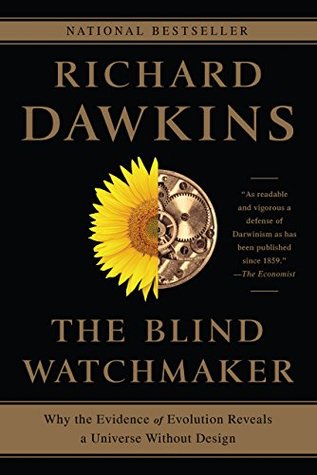We differ from bacteria mainly in that our cells have discrete little mini-cells inside them. These include the nucleus, which houses the chromosomes; the tiny bomb-shaped objects called mitochondria (which we briefly met in Figure 1), filled with intricately folded membranes; and, in the (eukaryotic) cells of plants, chloroplasts. Mitochondria and chloroplasts have their own DNA, which replicates and propagates itself entirely independently of the main DNA in the chromosomes of the nucleus.
Welcome back. Just a moment while we sign you in to your Goodreads account.


